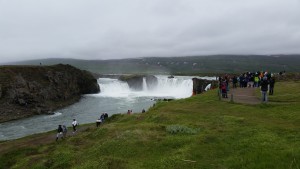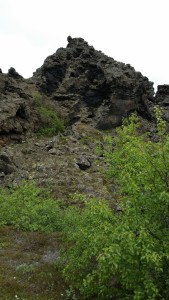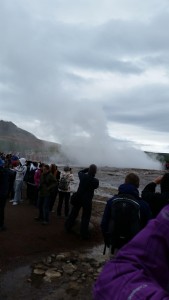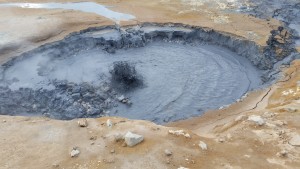Although horses are not as important to our civilization as they once were – Will Rees of my Historical murder mystery series – could not have functioned without his horses, they bear a weight of history and myth that is probably greater than a dog’s. And dogs have had a long history as special partners to humans.
When I first began my research for my Bronze Age series, I was astonished to find that horses did not arrive on Crete until sometime in the Middle Bronze Age. There is a picture of a man in one of the one-sailed Cretan ships with a horse in the bow. No one knows if that is actually how horses reached Crete of if the artist was employing creative license. I mean, who doesn’t visualize the amazing chariot race in Ben-Hur (set many hundreds of years later) or even the importance of horses in the Iliad (again later). The giant wooden horse represented a creature so familiar to everyone no even questioned it.
But I digress.
Here’s what I recall from my childhood dinosaur phase. First, the proto horses certainly did not foretell their importance in later millennia. They were small, about the size of a rabbit. But they survived when the mastodons and other enormous mammals did not. Fossils from these early horses have been found in Wyoming. (And in Eurasia where they became extinct.) But how can that be when there were no horses here until they were brought by Europeans? Well, as the climate changed, changing from forest to grasslands, the proto horse changed with it. Four toes evolved into into a large central toe and then into hooves.
Then what happened? They passed over the land bridge from what is now Alaska back to Eurasia – which turned out to be a good thing for these early horses. In North America, the change in climate and fauna brought woodland. Now the land bridge was submerged and they could not escape. So they died out on this continent. But they thrived in Eurasia.
Now fascinated with this amazing animal, I began researching them, not how they interacted with humans – although I couldn’t really avoid us – and discovered they have a pretty astonishing history of their own.





